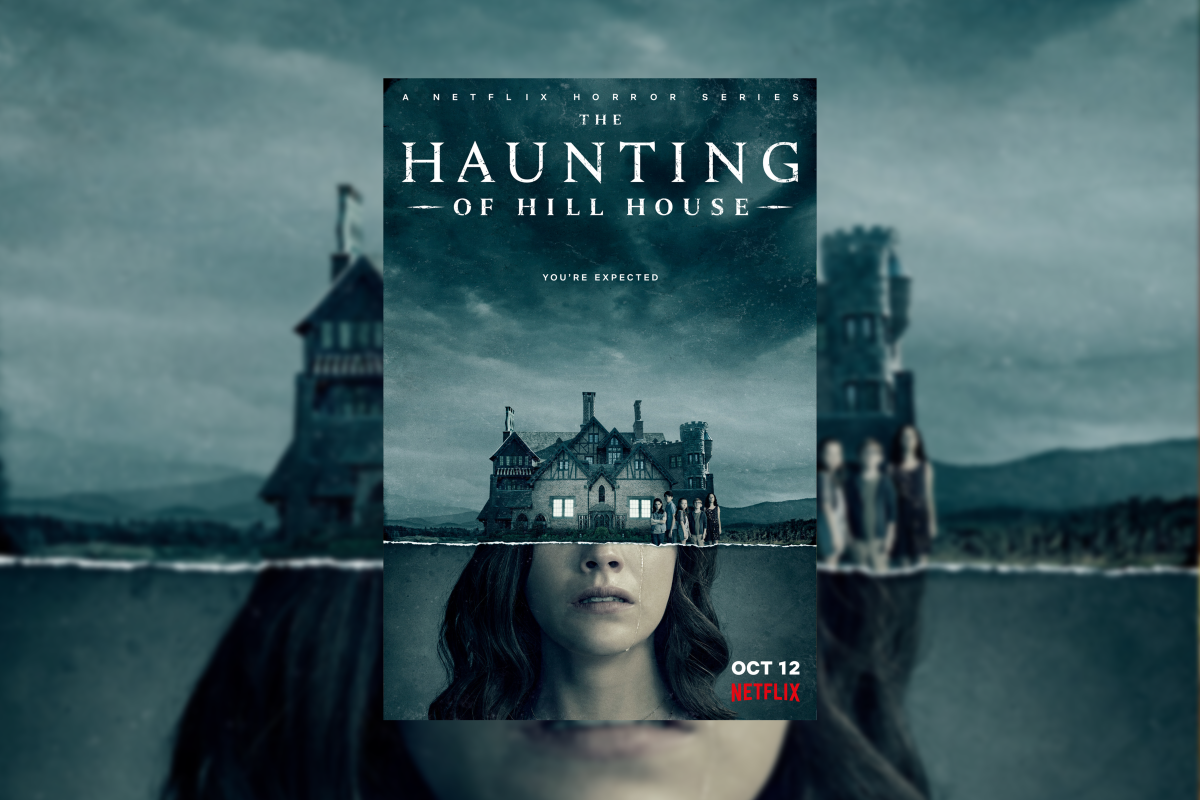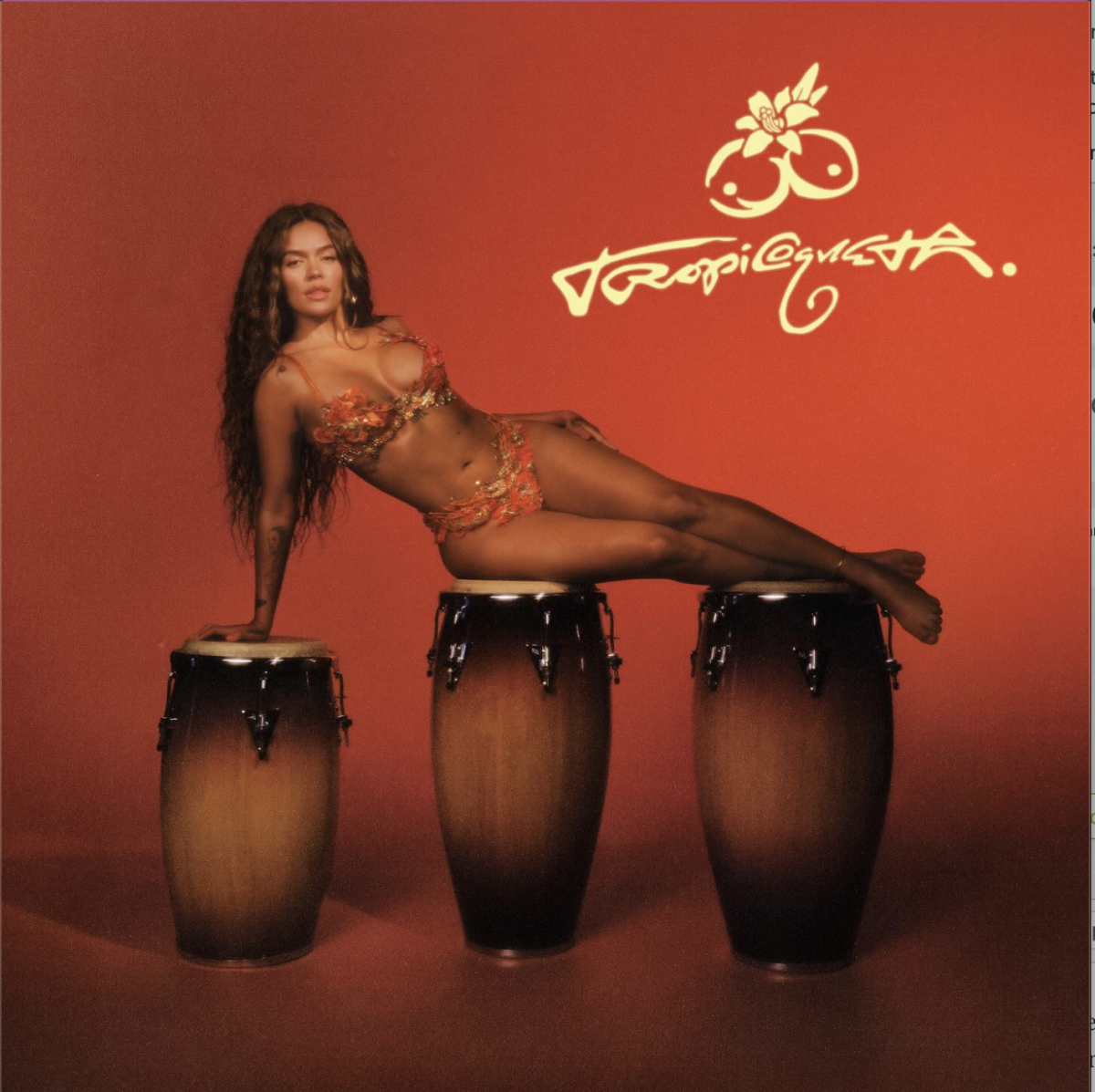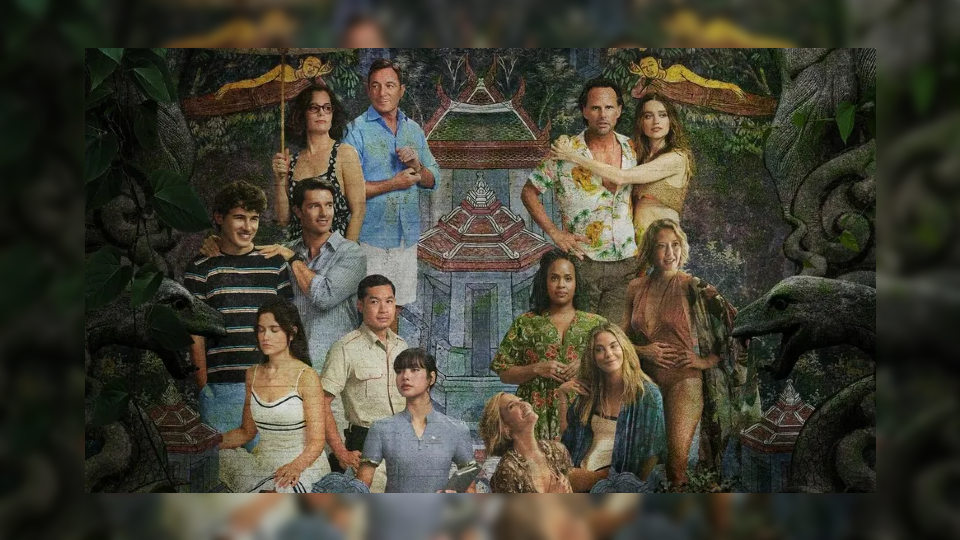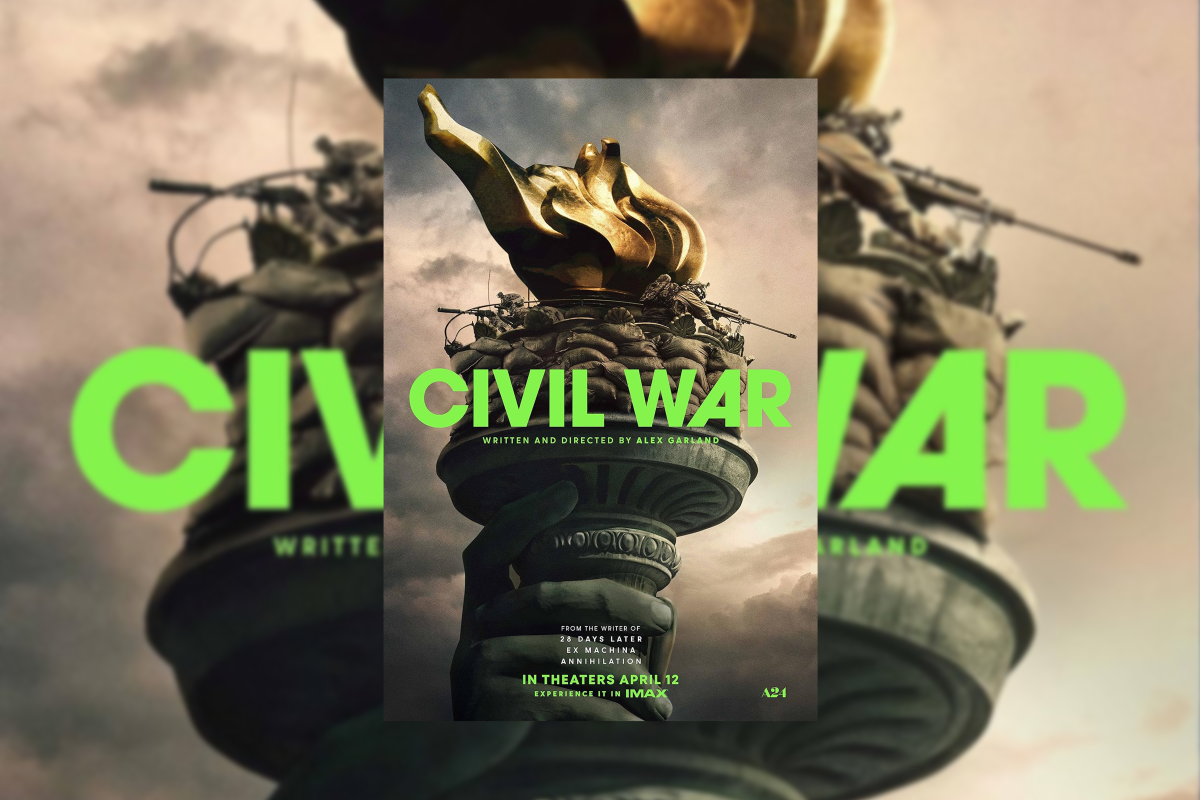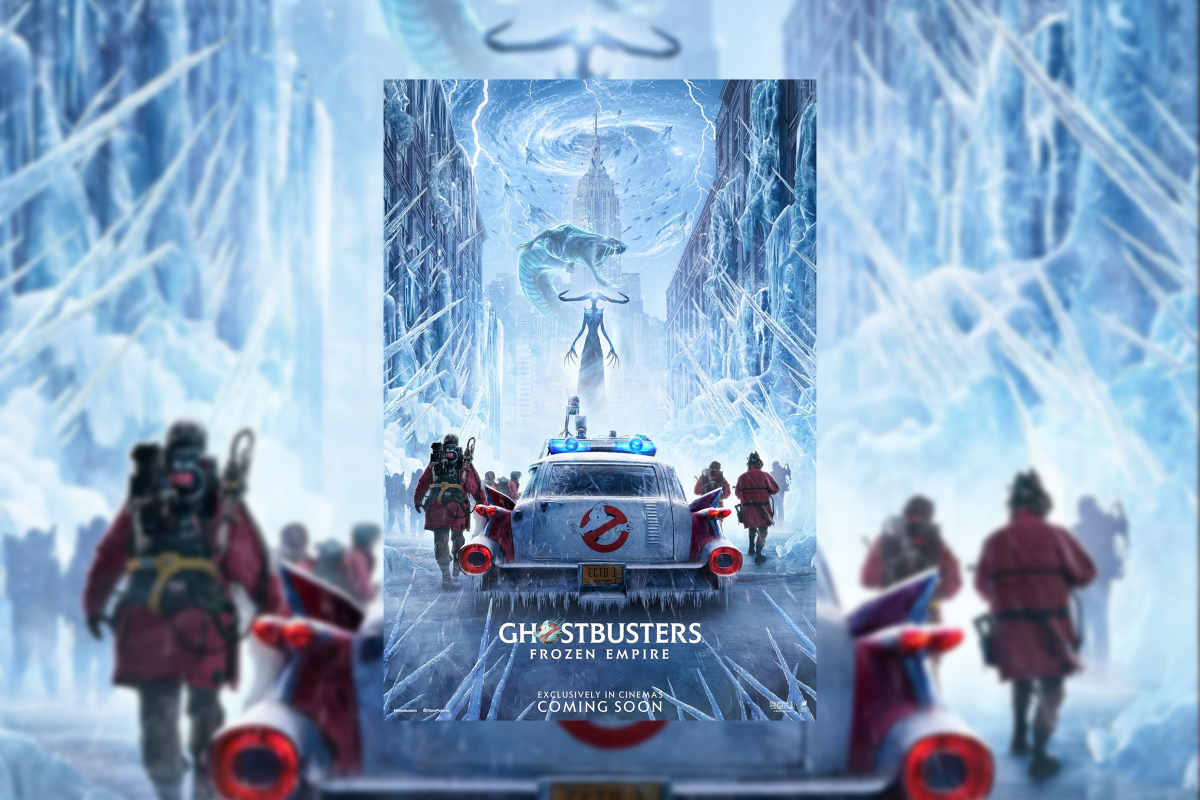A Victorian mansion with a dumbwaiter leading to hidden rooms, young twins seeing ghosts, and a locked room no doubt full of secrets – Hill House seems at first glance to be just another prop in just another campy horror television show riding the coattails of “American Horror Story.”
However, within its ten episodes, the Netflix original “The Haunting of Hill House,” based on the Shirley Jackson novel of the same name, manages to do more with its material than any of its predecessors.
The first episode, “Steven Sees a Ghost,” follows Steven Crain, the oldest of five children who had lived in Hill House with their parents twenty-six years earlier. Steven, a self-stylized Stephen King-esque novelist, found success in publishing his family’s account of what had gone down in Hill House. Despite documenting disturbing paranormal events— none of which are fully revealed in this first episode—Steven’s belief in the supernatural is dubious at best, and he claims that he had never seen an actual ghost while staying in Hill House. Instead, he has convinced himself that his now-estranged family’s experience was caused by the same delusional mental illness that drove their mother to her death.
By the episode’s conclusion, Steven discovers that his youngest sister, Nellie, has died of an apparent suicide after returning to the house for the first time since their mother’s death. Her funeral thus reunites all four remaining Crain siblings; Steven, Shirley, Theo, and Luke, as well as their father Hugh, who each deal differently with the tragedy, as well as with the fact that their childhood evil seems to be returning with a vengeance.
Little by little, each member of the Crain family is revealed, as well as their connection to the house. Characters, ghosts, and plot points are introduced in a way that makes them feel wholly developed, while still knowing that there has to be something more.
This is a show built like a house. Foundations are dug, framework is laid and bricks fall into place as needed.
By doing this, “Haunting” plays the long game in terms of storytelling, delaying gratifying reveals while still holding the audience’s interest through tension. Playing to the binge-watching advantages of its streaming format, it rightly assumes that viewers won’t need action every second to keep them tuning into the next episode. All of Chekov’s guns can be both placed deliberately and fired at the right times with this kind of careful narrative setup, leading to satisfying conclusions. Jump-scares and shock value are rarely if ever, used as crutches.
“Haunting” also benefits from intuitive flashbacks. The same scenes may be shown as many as three times over, but all with different surrounding contexts. Each time a scene is shown more than once, it is with more knowledge of the overarching story and through the perspective of a completely different character, leading to a sense of completion through even the most limited moments.
However, the story falls flat through the development of many of its villains, which can feel anti-climactic in comparison to the rest of the drama of the show. While one ghost’s backstory is told in a devastating fashion which rocks the very foundations of audience understanding, two more are written off as having simply been “insane” and several others are never discussed at all, despite being featured in multiple episodes. Worse, overall conflict is left simply at an un-nameable, undefeatable evil, which feels like the shrugging submission of a much lesser story.
Despite these falterings, “Haunting” is still meticulous in most of its details and remains consistent over the majority of its run. More important, it stands as both an endorsement and an aspiration for horror as a whole. In a genre often over-saturated with slashing and screaming, “The Haunting of Hill House” cultivates its mythos quietly and with empathy. Netflix topples campy contemporaries with the proclamation that a good horror story should first be a good story in general.
For comments/questions about this story DM us on Instagram @thewhitatrowan or email [email protected].
























































































































































!["Working with [Dr. Lynch] is always a learning experience for me. She is a treasure,” said Thomas. - Staff Writer / Kacie Scibilia](https://thewhitonline.com/wp-content/uploads/2025/04/choir-1-1200x694.jpg)








































